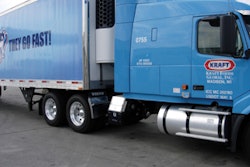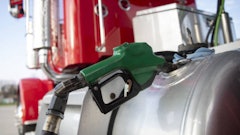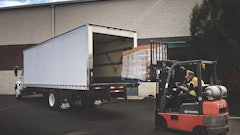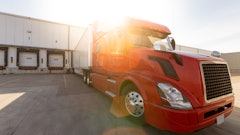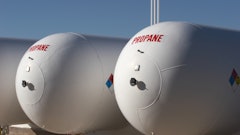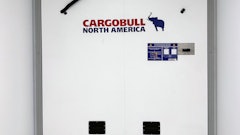With containerships getting bigger and slower across the world's trade routes over the ocean, but this Loadstar article dives into the topic of how Liquefied Natural Gas (LNG) and huge containerships could be the only answer to rising fuel costs for carriers.
However, the size of these giant containerships has reached a limit, in terms of the capacity of ports which can service them, and given that the vessels are unable to go much slower without possibly inflicting long-term damage to their engines, ocean carriers are going back to basics to get operating costs down.
And there are indications that the temporarily stable cost of oil is ready to head north again – and the market would spike if there were an escalation of warfare anywhere in the world that could impact supply.
Then there are the tougher new ECA-zone regulations that reduce the permitted sulphur content in bunker fuel from 1 percent to 0.1 percent set to kick in January 1, 2015. This will force operators transiting the sectors to switch to marine gas oil (MGO), which currently trades at around $895 per tonne (having gained $45 in the past month on tight supplies).
United Arab Shipping Company’s (UASC) order of seven 18,000 teu “LNG-ready” containerships is the first move by a major carrier to recognize a logical economy-driven step towards the low-emission fuel – LNG is currently 20 percent cheaper than heavy fuel oil and 50 percent less than MGO.
The stumbling block to deep sea carriers specifying LNG retro-fitting in their new build orders has been concerns over the lack of necessary bunkering infrastructure. However, in a recent survey of 22 major ports by Lloyd’s Register (LR), there were encouraging signs that the demand for LNG is beginning to be addressed.
One key finding was that 59 percent of those ports now have specific plans for LNG bunkering infrastructure, with 76 percent of the respondents believing that LNG bunkering operations will commence at their port within five years.
LR’s conclusion is that the survey indicates “social concerns about LNG as a future fuel are falling”. Its senior market analyst, Latifat Ajala, said: “Global ports are gearing up for a gas-fuelled future for shipping…traditional bunkering ports will need to be able to offer gas just as they offer the choice of fuel oil or distillates today.”
To read more, click HERE.






